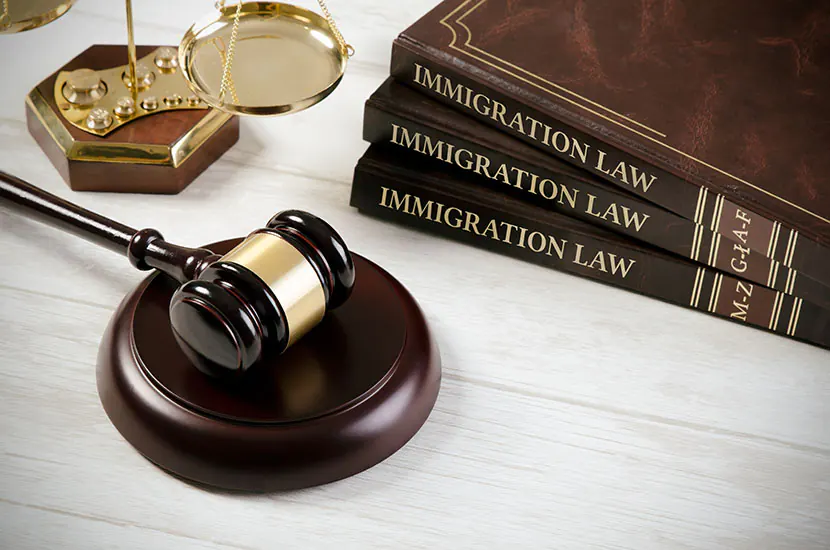If you have a business or rented anything, you might know the lease agreement. Whether it’s equipment or property lease agreement is a link between the owner and the renter that brings trust and legal aspects. A lease is a contract basis agreement between the owner of the asset called the lessor and the person who rents the asset that is the lessee. The lease agreement can be categorized into different types depending on the benefits transferred and the risk of ownership. Usually, businesses that do not have large capital to purchase high-end or crucial Earth moving equipment, machines, or tools for business, lease them. Sometimes people who want to reduce the risk of obsolescence after depreciation use an asset.
Table of Contents
What Do You Mean By Operating Lease And Capital Lease?
A capital lease, in other words financial lease is a type of lease that transfers the rewards and risk incidentals to the ownership of the leased asset. A capital lease is a lease of equipment or an asset that represents the ownership. By the end of the lease term, equipment or assets will be owned by the lessee.
Benefits of Capital Lease:
- The lease becomes the owner of the asset at the end of the lease.
- The lessee is allowed to get depreciation claims on the asset after every year.
- The interest on assets is used as operational expenses, so it can be deducted.
- The capital lease can recognize expenses sooner.
An operating lease is a lease agreement that does not include the transfer of ownership in the end. The risk and rewards of the asset ownership are not transferred to the lessee. The operating lease is given with a less fair value of the asset. These lease contracts are also called service leases and short-term leases. Operating lease is often used by tech tools or equipment in which technology changes.
Benefits of Operating Lease:
- Provide flexibility to the companies that replace their equipment frequently and do not require ownership.
- The risk of obsolescence is deducted for lessees.
- Accounting treatment of operating lease is simple
- Operating lease payments are considered operational expenses, so they are tax-deductible.
- Operating lease provides returns without capital budget restraint.
What is Capital Lease Vs Operating Lease?

When a person takes an operating lease, it is used as an expense as the Equipment leasing doesn’t transfer ownership of the asset to the lessee. However, on the other hand, Capital lease payments are used for reducing liability and can accumulate interest which is added as deductible
When you use a capital lease for equipment, the lease is similar in function to a purchase in which a transfer of ownership takes place. While operating lease only consists of a specific period of time for equipment that the company can use.
Other Differences Between Capital and Operating Leases are as Follows:
- A capital lease can be an alternative to buying PPE through debt-financing while an operating lease is an alternative to renting for a fixed payment.
- In a capital lease, ownership is transferred in the end which means the risk of obsolescence is also given. So, if the asset becomes obsolete, or there’s development in technology, the lessee will be stuck. On the other hand, in the operating lease, the asset is returned to the owner, so the risk of obsolescence is with the lessor.
Accounting Treatment of Capital and Operating lease
Both capital and operating lease have different accounting treatments for lessor and lessee. Compared to Capital lease, the accounting treatment for operating lease is simple.
The operating lease payments are considered operating expenses and are added to the income statement as an expense. The company will not become the owner of the leased Earth moving equipment or asset. Therefore, the operating lease is not shown on the balance sheet. Moreover, the firm will also not possess the depreciation of assets in accounting treatments.
However, in contrast, the Capital lease involves the ownership rights of the equipment or asset to the firm or lessee. So, the lease is considered a loan for the firm. Interest payments are added to income statements as expenses. While the present market value of equipment or asset is calculated to add to the company balance sheet under assets. Depreciation is charged in the income statement. The loan amount that is the net present value of the payments in the future is added under liabilities. In simple words, a Capital lease recognizes the expenses earlier than the operating lease.
Conclusion: These are some of the reasons and best things about both capital and operating lease. Both the leases have their own benefits and disadvantages, so selecting the type of lease for your equipment will be based on your business and its requirements. Consider all the aspects of the lease, and compare it with your business to select a suitable Equipment Lease for your business.











